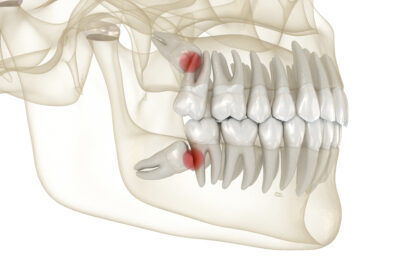Once you have made the decision to repair your smile when tooth loss leaves it with open spaces, you will find that you are introduced to a whole new world: The world of prosthetic dentistry like dental implants, that is. While the wonders that await you are very exciting and mean that you will soon have your smile back, there may be a bit of a hurdle to overcome. Fortunately, it comes in the form of some new vocabulary that, once learned, is no longer an obstacle at all. To help prepare you to learn about your options and to make your choice, we offer a few terms that will make things much easier.
Fixed Device
A fixed prosthetic device is one that is essentially irremovable. This might mean a dental bridge, since we bond it to your teeth (and you cannot take it out, though we can remove it if necessary). Or, it may refer to a dental implant, which is fixed, too, since it fuses with the tissue of your jawbone making it extremely stable.
Removable Device
As you’ve likely inferred, a removable device is one that you can use at will to replace missing teeth throughout the day. It generally refers to dentures (full or partial) since you can put them in (and take them out).
Traditionally Supported Versus Implant Supported
Now, this is where you might start getting even more confused. Remember, the tooth loss replacement options are easy to understand when you get the vocab down. As for these different types of support, the meanings are actually quite logical:
- Traditional Support: This is the type of support a prosthetic receives without the use of dental implants. Instead, for instance, a dental bridge will receive support from what is already in place (your natural teeth).
- Implant Support: When you do not have natural teeth to support a device or when you desire better stability, you may choose to retain it with implants.














